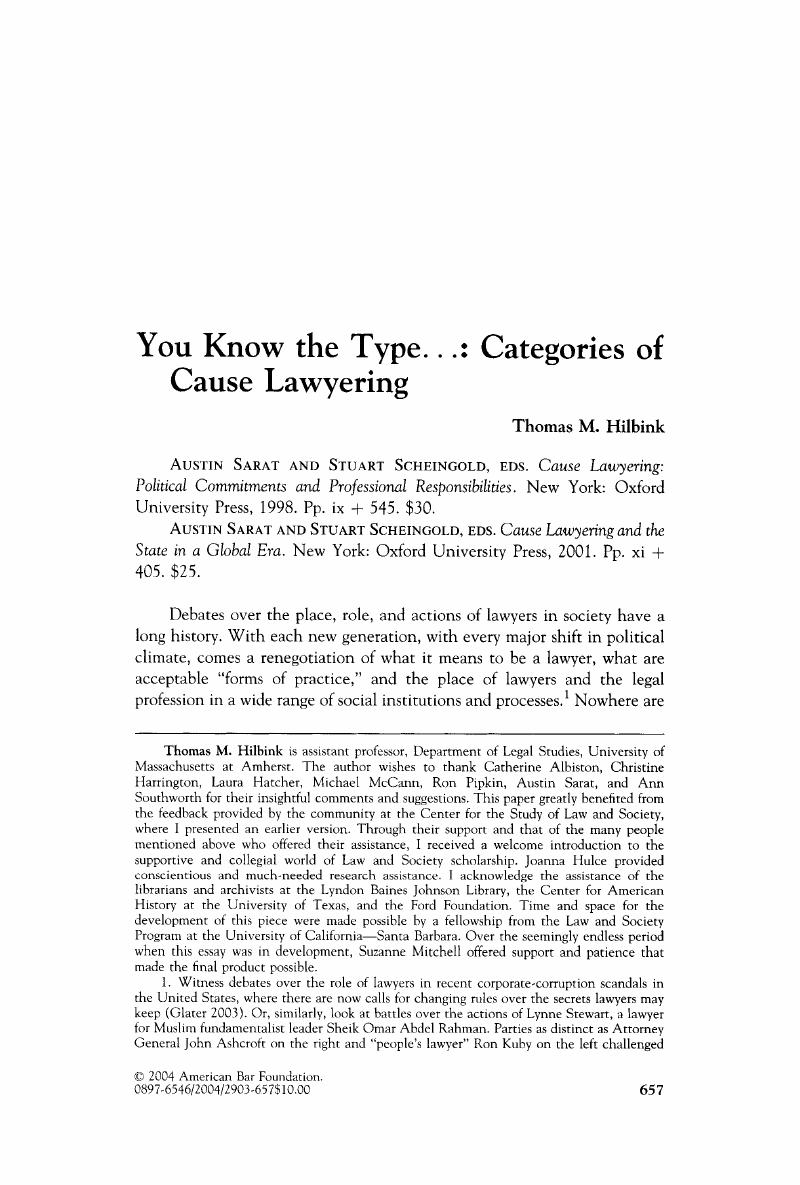Crossref Citations
This article has been cited by the following publications. This list is generated based on data provided by Crossref.
ANLEU, SHARYN ROACH
and
MACK, KATHY
2007.
Magistrates, Magistrates Courts, and Social Change.
Law & Policy,
Vol. 29,
Issue. 2,
p.
183.
Bouagga, Yasmine
2015.
Humaniser la peine ?.
p.
289.
Tonneau, Jean-Philippe
2016.
Les avocats du Mouvement d'Action Judiciaire dans les années 1970, entre remise en cause du modèle professionnel et pratiques du droit originales.
Criminocorpus, revue hypermédia,
Andrews, Kenneth T.
and
Jowers, Kay
2018.
Lawyers and Embedded Legal Activity in the Southern Civil Rights Movement.
Law & Policy,
Vol. 40,
Issue. 1,
p.
10.
Müller, Ulrike A. C.
2019.
Begriffe, Ansprüche und deren Wirklichkeiten.
Zeitschrift für Rechtssoziologie,
Vol. 39,
Issue. 1,
p.
33.
Arrington, Celeste L.
and
Moon, Yong‐Il
2020.
Cause Lawyering and Movement Tactics: Disability Rights Movements in South Korea and Japan.
Law & Policy,
Vol. 42,
Issue. 1,
p.
5.
Michel, Verónica
2020.
Studies in Law, Politics, and Society.
p.
27.





